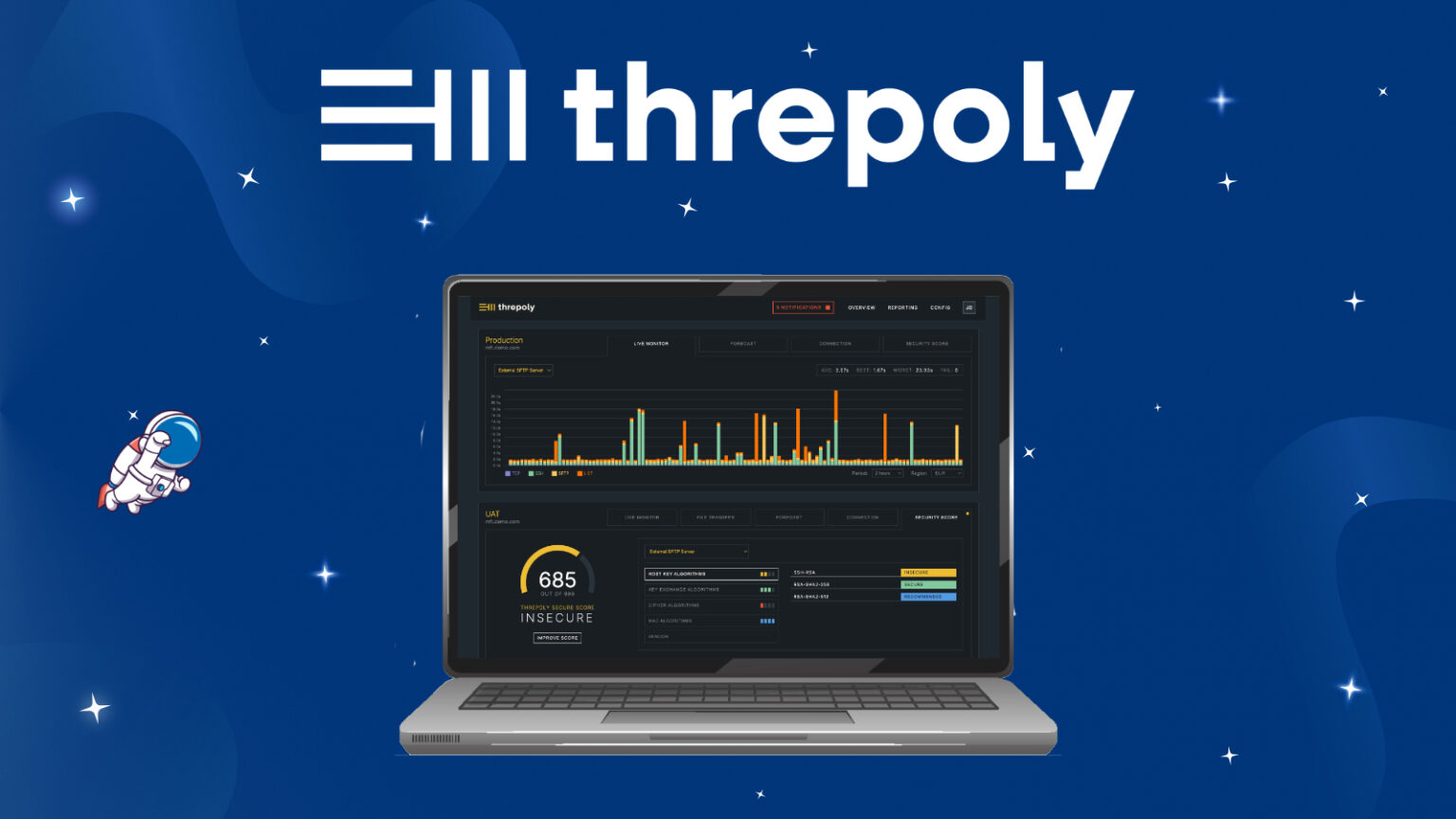Keep the security of your information systems under control
A company shares, analyses and collects a multitude of information, which is now largely dematerialized. This digital data is valuable because it allows the smooth running of the internal and external organization of the company. This data constitutes an important part of the company’s capital In this article, you will find the 3 main phases to implement a complete audit and access control of your data and IS.
1. Data classification
Data classification is the first major step to successful audits, therefore it is very important for many organisations. It simply consists of organizing your information and files by categories according to agreed criteria. This approach seems simple and trivial. However, this is what will make it possible to set up an advanced protection strategy for the most sensitive data. By knowing where your data is, you’re able to reduce your exposure to data breach risks and meet compliance requirements.
Hence, Data classification is not just an “organizational cleansing” of your data but also helps companies to:
- Improve internal organization and effective collaboration
- Strengthening good safety behaviours
- Prioritize actions to protect your resources
- Ensure the protection of your data while complying with regulations
A. Understand your data
To properly protect your sensitive data, you need to know:
- What is your sensitive data?
- Where are they located?
- Who can access this data?
Answering these 3 questions allows you to assess the levels of exposure to the risk of data breach, prioritize your initiatives and make sound decisions on how to properly protect this data.
B. Understand legal requirements
Different regulations depending on your industry require your company to protect specific data, such as health information (HIPAA), financial data (SOX) or personal data of EU residents (GDPR). Data discovery and classification helps you determine where these categories of data are located to ensure that appropriate security controls will be implemented to meet legal requirements in this area.
2. Audit of data access and user changes
An audit solution allows you to control changes, configurations, and access to IT environments to protect data regardless of its location. By implementing this type of solution, you can control your entire information system, based on-premises or in the cloud, thanks to a complete view of the entire infrastructure. The AD (Active Directory) audit tracks the creation, changes and use of user accounts. This allows IT teams to quickly detect suspicious behaviour and analyse it thoroughly. With the implementation of an audit solution, you will identify vulnerabilities, detect anomalies in user behaviour, prevent security threats and data leaks by being alerted to the slightest access or suspicious behaviour.
A. Compliance Audit
An audit solution enables compliance checks with your corporate policies and external regulations. It provides timely answers to auditors’ questions, including what changes have been made to the Group of Directors in the past year and who has made those changes.
B. Threat Detection
An audit solution is able to quickly identify security threats and incidents. When the solution detects an anomaly, such as an unauthorized change or forced access, it sends an alert directly to the security team. From this alert, the solution identifies who has had access to the unstructured or overexposed data for the IT team to lock in.
3. Privileged Access Management
High-privileged user (PAM) activity monitoring helps secure access for both the most privileged accounts such as Windows local administrator accounts, domain administrator accounts, Active Directory services accounts, and other accounts with access to critical data, applications, and systems.
High-privilege access management tools are essential to a good cybersecurity program. PAM’s software solutions today help companies to:
- Identify all accounts that have administrative privileges, including accounts used by individuals and non-human identifiers, so-called service identifiers. When a company has hundreds of accounts, it’s hard to manage them manually and maintain perfect access control.
- Reduce attack surfaces related to inappropriate access. Privileged accounts require special attention because they are the targets of cyberattacks but also internal abuses.
- Further demonstrate compliance with regulatory requirements. Many compliance standards require companies to control administrator or high-privilege accounts, including regulations governing the financial and healthcare sectors.
Implement an audit and access control in your company
Netwrix solutions allow you to identify and classify your sensitive information with extreme accuracy. They reduce your data’s exposure to risk, detect threats early enough to prevent data breaches, and ensure and prove your regulatory compliance. So where do you start?
- Netwrix Auditor for your audits
The solution provides control over changes, configurations, and access to hybrid IT environments, protecting data regardless of location. The platform provides security intelligence to identify vulnerabilities, detect anomalies in user behaviour, and study threat patterns in time to avoid real damage.
- Netwrix Data Classification for classifying your data
The solution solves your data organization challenges, such as mitigating the risk of data breaches, getting the most out of your content, increasing employee productivity, and passing compliance audits with less effort.
- Netwrix SbPAM to secure your high-privilege accounts
The solution reduces the risk of administrator accounts and automatically creates temporary administrator accounts with just enough privileges to perform the required tasks. These accounts are then deleted, thus more accessible, so as to avoid the abuse of permanent accounts or the risk of hacking.




